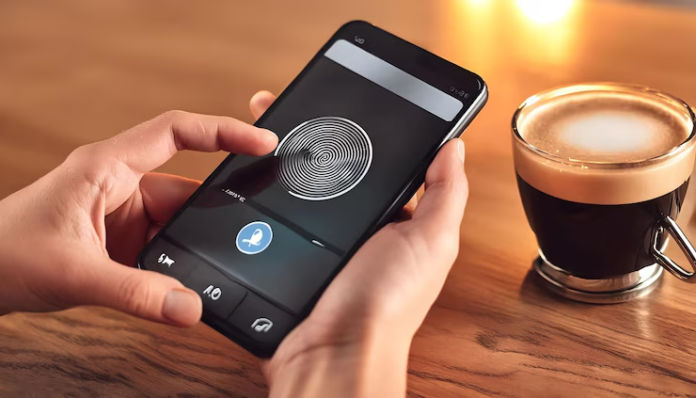Voice User Interfaces (VUIs) are reshaping the way we interact with technology, making it more intuitive and hands-free. From the rise of voice assistants like Amazon’s Alexa and Google Assistant to the integration of voice commands in everyday devices, VUIs are transforming our digital experiences in exciting ways.
Imagine asking your smart speaker to play your favorite song, set a reminder for your meeting, or even control your home’s lighting—all without lifting a finger. This is the convenience that VUIs bring to the table. By using natural language processing (NLP) and advanced speech recognition, these systems understand and respond to our voice commands with remarkable accuracy.
What’s making VUIs even more compelling is their growing sophistication. Recent advances have improved how these systems recognize different accents, dialects, and even background noise. This means a more natural and seamless interaction, whether you’re asking about the weather or looking for a recipe while your hands are busy cooking.
In the business world, VUIs are enhancing customer service and engagement. Companies are deploying voice-activated support systems that let customers navigate services or get answers to their queries without waiting in long queues. This not only improves customer satisfaction but also helps businesses streamline operations and reduce costs.
Healthcare is another field where VUIs are making a significant impact. Voice-controlled medical devices are helping healthcare professionals manage tasks more efficiently, allowing for hands-free operation that enhances both accuracy and hygiene. For patients with disabilities, VUIs offer a more accessible way to interact with technology, providing greater independence and ease of use.
However, the rise of VUIs isn’t without its challenges. Concerns about privacy and data security are top of mind for many users. Ensuring that these systems handle personal information responsibly is crucial for building trust and encouraging wider adoption.
As VUIs continue to evolve, they promise to make technology even more integrated into our daily lives. With ongoing improvements in speech recognition and contextual understanding, the future of VUIs looks bright. They’re not just a novel way to control devices—they’re becoming an essential part of how we interact with the digital world, paving the way for a more seamless and hands-free future.




